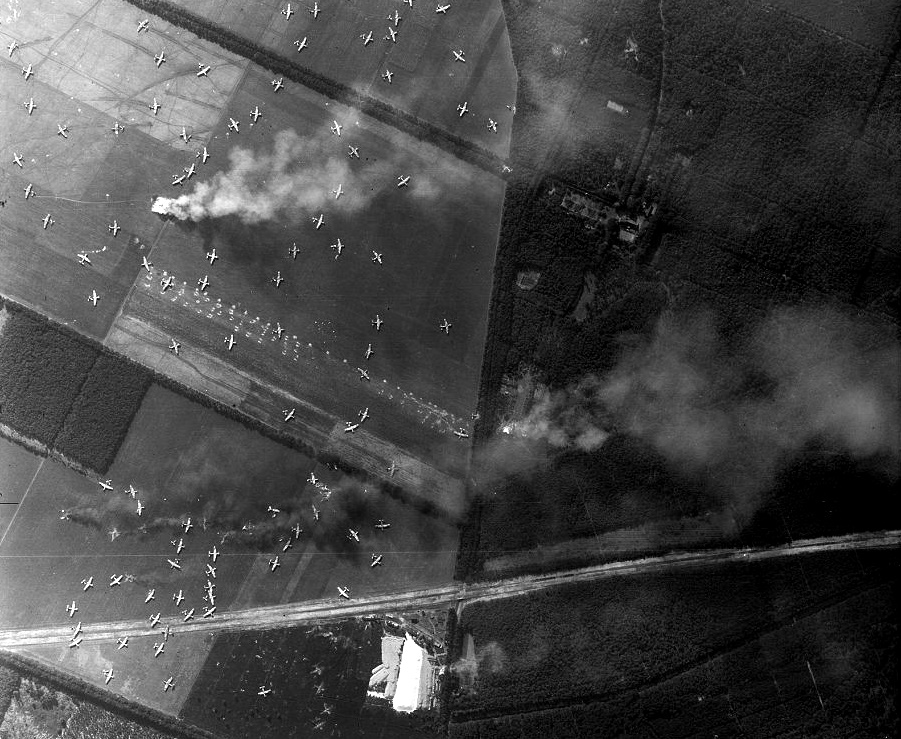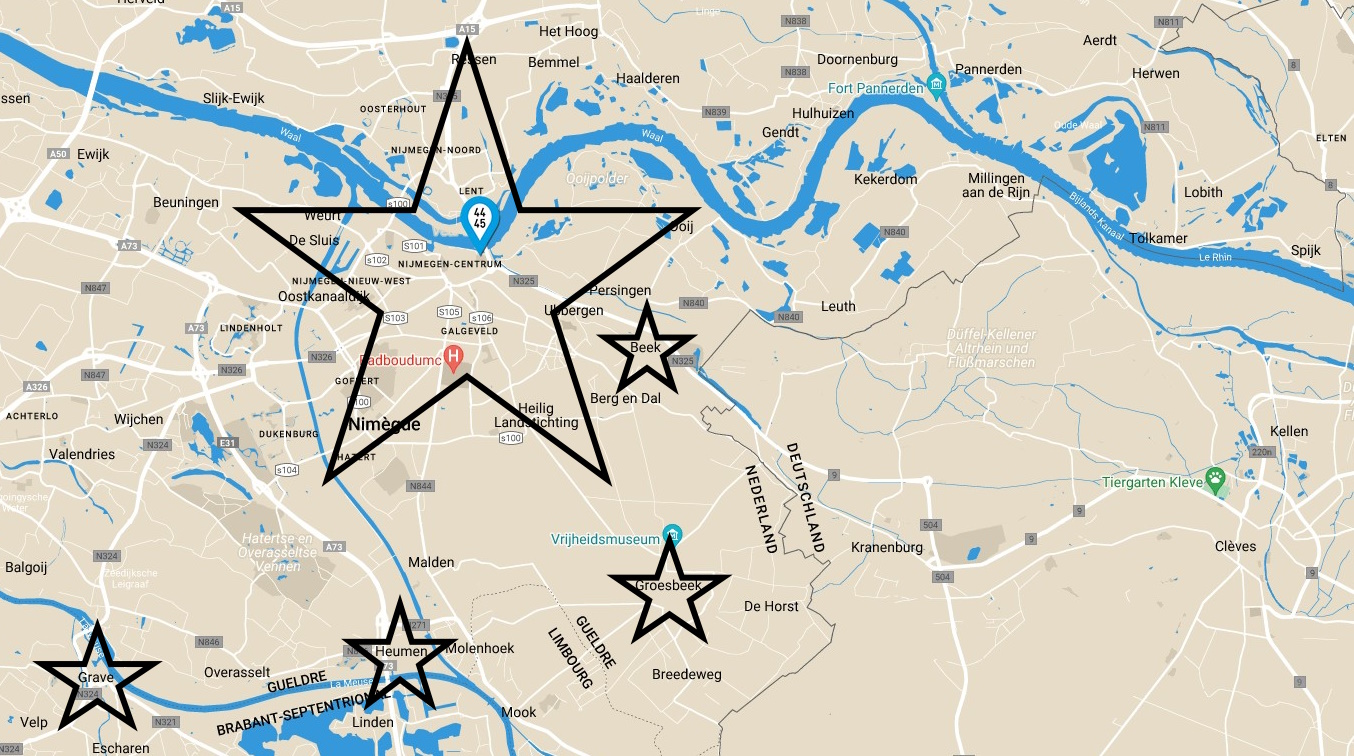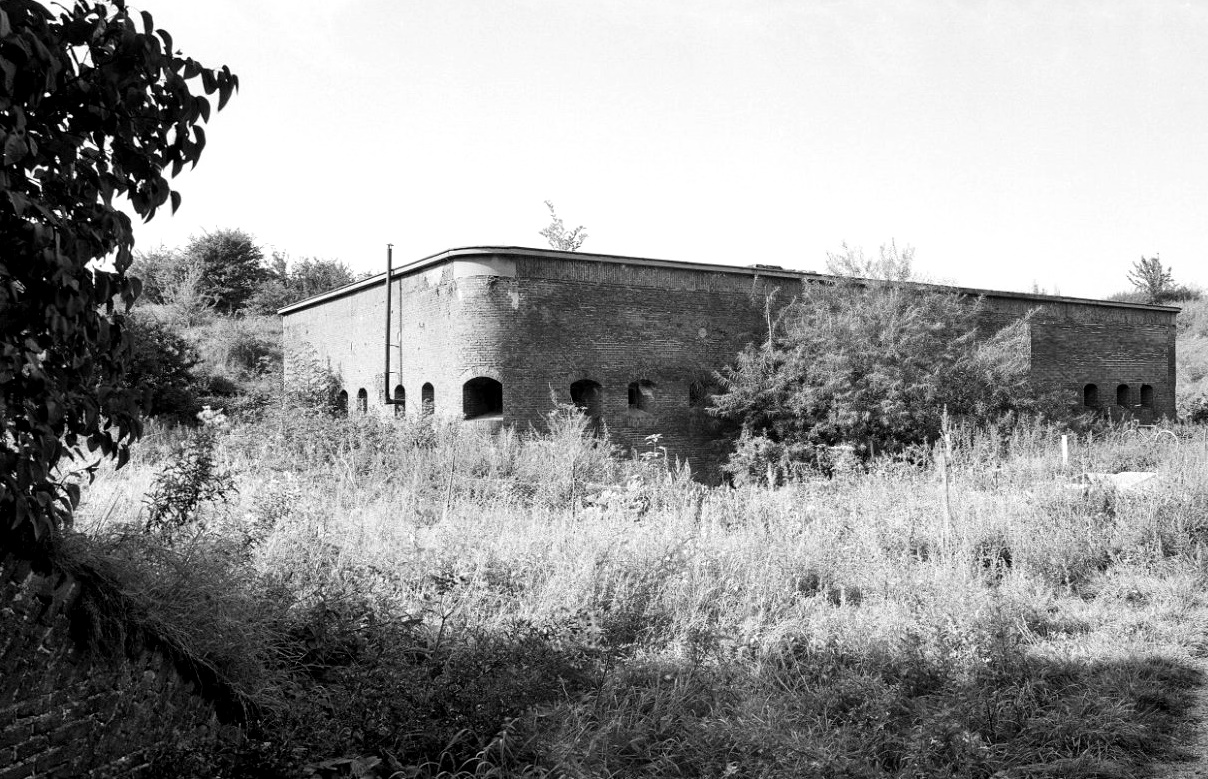Document Source: Operations of the 3rd Platoon, Easy Company, 2nd Battalion, 505th Parachute Infantry Regiment, 82nd Airborne Division in the Seizure of the Nijmegen Bridge, September 19, 1944 – September 20, 1944, Operation of the 1st Allied Airborne Army, Operation Market Garden, Invasion in Holland during the Rhineland Campaign. Experience of Capt John D. Phillips Jr, Platoon Leader.
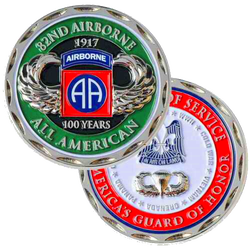 INTRODUCTION
INTRODUCTION
This archive covers the operations of the 3rd Platoon, Easy Company, 505th Parachute Infantry Regiment, 82nd Airborne Division, in the seizure of the Nijmegen Bridge, September 19/20, 1944, during the 1st Allied Airborne Army’s invasion of Holland. By the early fall of 1944 the Allied Armies were suffering a serious handicap to the continued rapid advance along the Western Front in that they were badly in need of supplies, and no Army was capable of making a sustained offensive. This situation had developed because the Seaports serving the Armies were so far to the rear that the supply lines could not adequately carry the tremendous burden required.
It was necessary for the Armies to plan and execute a decisive offensive or the war would go on into the summer of 1945, and thus give the Axis leaders the time they go desired to recover from their losses and improve their defenses or negotiate a better peace. Confronted with these conditions the Allies devised a plan to deliver the final blow on the Axis. This plan was designated as Operation Market-Garden, Operation Market was the airborne phase and was to be coordinated with the ground effort, Operation Garden.
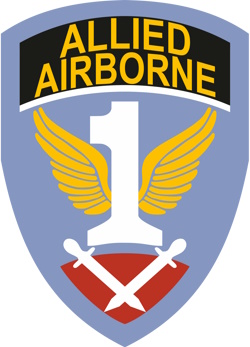
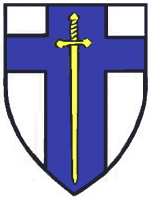 All armies on the Western Front would halt their advance for the time being, except the British Second Army which would receive all supplies that could be adapted to its use and prepare for an all-out effort. The British Second Army in conjunction with the First Allied Airborne Army would advance from a line generally along the Albert Canal and the Escaut River in Belgium to the Zuider Zee in Holland in an effort to cut off the German armies in Western Holland. The Allies could then strike around the northern end of the Seigfried Line, straight into Germany, and eliminate the tenacious task of making a frontal assault through the Line.
All armies on the Western Front would halt their advance for the time being, except the British Second Army which would receive all supplies that could be adapted to its use and prepare for an all-out effort. The British Second Army in conjunction with the First Allied Airborne Army would advance from a line generally along the Albert Canal and the Escaut River in Belgium to the Zuider Zee in Holland in an effort to cut off the German armies in Western Holland. The Allies could then strike around the northern end of the Seigfried Line, straight into Germany, and eliminate the tenacious task of making a frontal assault through the Line.

 The advance would be along a narrow front, following one road through Eindhoven, Grave, Nijmegen, Arnhem, Apeldoorn, and spearheaded by the British XXX Corps with the US VIII Corps on the right and the XII Corps on the left, advancing more slowly on the flanks. The purpose of Operation Market was to land airborne troops in areas where they could seize
The advance would be along a narrow front, following one road through Eindhoven, Grave, Nijmegen, Arnhem, Apeldoorn, and spearheaded by the British XXX Corps with the US VIII Corps on the right and the XII Corps on the left, advancing more slowly on the flanks. The purpose of Operation Market was to land airborne troops in areas where they could seize 
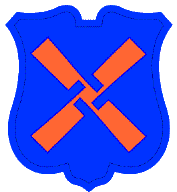 bridges over the Meuse River, the Waal Riber, and the Neder Rijn River along the route of advance of the British Second Army, and open a corridor for the spearhead to pass on northward. The missions of the airborne task force were as follows; the 101st Airborne Division to seize bridges over the Aa River and the WillemsVaart Canal near Veghel, over the Dommel River at St Oedenrode, over the Wilhelmina Canal near Zon, and the city of Eindhoven. The missions for the
bridges over the Meuse River, the Waal Riber, and the Neder Rijn River along the route of advance of the British Second Army, and open a corridor for the spearhead to pass on northward. The missions of the airborne task force were as follows; the 101st Airborne Division to seize bridges over the Aa River and the WillemsVaart Canal near Veghel, over the Dommel River at St Oedenrode, over the Wilhelmina Canal near Zon, and the city of Eindhoven. The missions for the 
 82d Airborne Division was to capture the bridges over the Meuse River at Grave, over the Waal River at Nijmegen and over the Maas-Waal Canal between; the 1st Airborne Division (British), together with the 1st Polish Parachute Brigade, to capture the bridges at Arnhem. In each case, the surrounding area was to be held until the Guards Armoured could effect a junction and then the Airborne troops were to protect the sides of the corridor.
82d Airborne Division was to capture the bridges over the Meuse River at Grave, over the Waal River at Nijmegen and over the Maas-Waal Canal between; the 1st Airborne Division (British), together with the 1st Polish Parachute Brigade, to capture the bridges at Arnhem. In each case, the surrounding area was to be held until the Guards Armoured could effect a junction and then the Airborne troops were to protect the sides of the corridor. The 52nd Airportable Division (Lowland) was to come into the Arnhem area as soon as an airstrip could be prepared by the Airborne Engineers.
The 52nd Airportable Division (Lowland) was to come into the Arnhem area as soon as an airstrip could be prepared by the Airborne Engineers.
The mission of the 82nd Airborne specifically stated that the hill mass in the Groesbeek area would be seized, organized, and held. This is the highest ground in all the Netherlands. The Commanding General of the 82nd was directed by the Corps Commander that all other missions, would be accomplished before the seizure of the bridge in Nijmegen was attempted.
THE GENERAL SITUATION
On September 16, 1944, the 82nd Airborne Division closed at airfields in England 24 hours prior to takeoff time. Last-minute briefings and equipment checks were made on all personnel, bundles, and aircraft. Starting at 0950 on September 17, 1944, the Division took off for the flight to Holland. This flight took approximately three hours, the first serials landing on the drop zones at 1250 hours. All units landed on their prescribed drop zones with the exception of the 2nd Battalion of the 505th Parachute Infantry Regiment, which was dropped two thousand yards northeast of its scheduled drop zone.
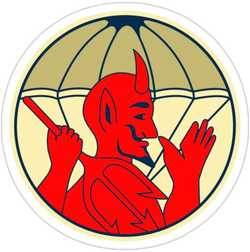 Following the drop, all units reorganized and moved to their assigned objectives, eliminating the local enemy resistance, and by 2300 hours initial missions had been accomplished. The 504th Parachute Infantry (Col Reuben Tucker) had dropped west of the Maas-Waal Canal on three separate battalion drop zones. One Battalion captured the bridge at Heumen and bridge sites near Blankenberg and Hatert, the bridges at these sites having been destroyed by the enemy prior to the arrival of the troops. One battalion cleared the western sector of the division area of all enemies and blocked movement on the Grave–Nijmegen highway. One battalion had dropped troops on either side of the Meuse River at Grave and both forces moved against the bridge, capturing it at 1430. The town of Grave was abandoned by approximately 400 enemies and occupied at 2300.
Following the drop, all units reorganized and moved to their assigned objectives, eliminating the local enemy resistance, and by 2300 hours initial missions had been accomplished. The 504th Parachute Infantry (Col Reuben Tucker) had dropped west of the Maas-Waal Canal on three separate battalion drop zones. One Battalion captured the bridge at Heumen and bridge sites near Blankenberg and Hatert, the bridges at these sites having been destroyed by the enemy prior to the arrival of the troops. One battalion cleared the western sector of the division area of all enemies and blocked movement on the Grave–Nijmegen highway. One battalion had dropped troops on either side of the Meuse River at Grave and both forces moved against the bridge, capturing it at 1430. The town of Grave was abandoned by approximately 400 enemies and occupied at 2300.
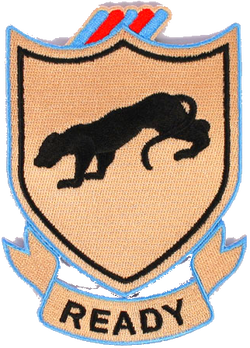
 The 505th Parachute Infantry (Col William K. Ekman) dropped on drop zones in the vicinity of Groesbeek, seized the town and cleared all enemy from its area. Contact with the 504th Parachute Infantry (Col Rueben Tucker) was made on the bridge near Heumen. The 508th Parachute Infantry (Col Shields Warren) dropped on drop zones northeast of Groesbeek and upon receipt of information from the Dutch underground that the town of Nijmegen held few troops, moved to take the Waal River bridges. Their attack was stopped by heavy enemy resistance about 400 yards from the highway bridge and the regiment established roadblocks to prevent any movement to the south. One company encountered considerable enemy resistance in clearing glider landing zones in the area northeast of Groesbeek.
The 505th Parachute Infantry (Col William K. Ekman) dropped on drop zones in the vicinity of Groesbeek, seized the town and cleared all enemy from its area. Contact with the 504th Parachute Infantry (Col Rueben Tucker) was made on the bridge near Heumen. The 508th Parachute Infantry (Col Shields Warren) dropped on drop zones northeast of Groesbeek and upon receipt of information from the Dutch underground that the town of Nijmegen held few troops, moved to take the Waal River bridges. Their attack was stopped by heavy enemy resistance about 400 yards from the highway bridge and the regiment established roadblocks to prevent any movement to the south. One company encountered considerable enemy resistance in clearing glider landing zones in the area northeast of Groesbeek.
D+1 found the 504th and 505th Parachute Infantry conducting vigorous patrol activities, capturing additional secondary bridges over the Maas-Waal Canal and disrupting enemy communications. Easy Co of the 505th Parachute Infantry captured a train loaded with supplies and personnel trying to escape into Germany. Because of strong enemy resistance being encountered by the company previously sent to clear the glider landing zones northeast of Groesbeek, the 508th parachute Infantry withdrew one battalion which had been in the town of Nijmegen, to assist in this mission. Complete surprise was effected and the landing zone was secured by 1400. At 0900, one company again moved into Nijmegen and was stopped by the enemy upon reaching the same area in which the regiment had been stopped the day before. Furious fighting raged through the day and at 1500, the company was withdrawn to the vicinity of Berg en Dal.
During the morning, 450 gliders were lifted from bases in England and towed to the landing zones in the vicinity of Groesbeek. This lift was made up of one AT battery of the 80th Airborne Anti-Aircraft Battalion, 319th Glider Field Artillery Battalion, 320th Glider Field Artillery Battalion, 456th Parachute Field Artillery Battalion, and the 307th Airborne Medical Company. The glider recovery was quite satisfactory even though several gliders overshot the landing zone and landed in enemy territory across the Dutch-German Border. The arrival of the artillery Battalions was indeed a welcome sight and they were immediately put into action, one battalion being put in direct support of each of the Parachute Regiments.
On D+2, contact was made with the Guards Armoured Division by the 504th Parachute Infantry at Grave. This regiment, less 3 of its companies left to guard the bridges at Grave, Heumen, Mook, and to patrol the highway from Grave to the Mook bridge, was moved east to the Maas-Waal Canal where they relieved the 2nd Battalion of the 508th Parachute Infantry. One battalion was placed in the division reserve. The 505th Parachute Infantry, less the 2nd Battalion (Col. Benjamin Vandervoort), continued to hold its sector south of the division area, conducting extensive patrol activities throughout the day. The 508th Parachute Infantry seized the high ground along the Nijmegen – Cleve highway between Ubbergen and Wyler, establishing roadblocks at these points in addition to those at Beek and in the vicinity. Repeated vicious counterattacks against positions at the Duivelsberg (Devil’s Hill) during the course of the day were repulsed.
THE BATTALION SITUATION
 At about 1100 on September 19, 1944, the Battalion Commander of the 2nd Battalion, 505th Parachute Infantry, was called to the Division Headquarters where he received a special mission for the battalion. This mission was to accompany the Guards Armoured Division north to Nijmegen and capture intact, if possible, the vital bridge crossings of the Waal River. The battalion located in the vicinity of Groesbeek was alerted and after placing individual packs in a dump started the move to Nijmegen at 1245, under the command of the Battalion Executive Officer. The Battalion Commander had gone forward to coordinate plans for the seizure of the bridges with the Commander of the British tank unit and the Dutch underground. The partisan elements stated that the bridges were prepared for demolition and heavily defended by the German SS of the Kampfgruppe Henke and troops of Meindel II Fallschirmjaeger Corps. As the men reached the outskirts of the town the Battalion Commander, rejoined the column and halted it. The Company Commanders were called forward and the following order was issued: Easy Company, with one section of LMGs, attached, would load the attack into the town, assaulting the enemy positions located in the Park and along the approaches to the highway bridge. Upon reaching the bridge the company was to move rapidly across the river and go into a defensive position 200 yards from the north end of the bridge, its right flank extending back to the river and contact being made with Fox Company on the left; Fox Co, with 7 tanks attached, would follow Easy Co to the Park area and upon entering the Park would move to King Co’s left flank and assist in the assault to the bridge, following Easy Co across the river and take up a defensive position on Easy Co’s left and extend the left flank back to the river line. Dog Co, with one section of LMGs and 8 tanks attached, would move northwest through the town to seize and hold the railroad bridge; the 81-MM Mortar Platoon would go into position on the outskirts of town and be prepared to support the attacks on either of the two bridges.
At about 1100 on September 19, 1944, the Battalion Commander of the 2nd Battalion, 505th Parachute Infantry, was called to the Division Headquarters where he received a special mission for the battalion. This mission was to accompany the Guards Armoured Division north to Nijmegen and capture intact, if possible, the vital bridge crossings of the Waal River. The battalion located in the vicinity of Groesbeek was alerted and after placing individual packs in a dump started the move to Nijmegen at 1245, under the command of the Battalion Executive Officer. The Battalion Commander had gone forward to coordinate plans for the seizure of the bridges with the Commander of the British tank unit and the Dutch underground. The partisan elements stated that the bridges were prepared for demolition and heavily defended by the German SS of the Kampfgruppe Henke and troops of Meindel II Fallschirmjaeger Corps. As the men reached the outskirts of the town the Battalion Commander, rejoined the column and halted it. The Company Commanders were called forward and the following order was issued: Easy Company, with one section of LMGs, attached, would load the attack into the town, assaulting the enemy positions located in the Park and along the approaches to the highway bridge. Upon reaching the bridge the company was to move rapidly across the river and go into a defensive position 200 yards from the north end of the bridge, its right flank extending back to the river and contact being made with Fox Company on the left; Fox Co, with 7 tanks attached, would follow Easy Co to the Park area and upon entering the Park would move to King Co’s left flank and assist in the assault to the bridge, following Easy Co across the river and take up a defensive position on Easy Co’s left and extend the left flank back to the river line. Dog Co, with one section of LMGs and 8 tanks attached, would move northwest through the town to seize and hold the railroad bridge; the 81-MM Mortar Platoon would go into position on the outskirts of town and be prepared to support the attacks on either of the two bridges.
The orders issued to his platoon leader by the Easy Co CO were as follows: 1st platoon lead the assault and move along the right side of the Park area; 3rd Platoon would follow the 1st Platoon and upon reaching the Park, move through the center and onto the bridge; 2nd Platoon would follow the 3rd Platoon and coordinate with the 1st Platoon in supporting the 3rd Platoon with small arms and 60-MM Mortar fire; Headquarters Co and the attached LMGs section would move to the edge of the Park and await further orders; Company Commander would be with the 1st Platoon. A few minutes were taken by the Company Commanders to orient their attached tanks and the battalion started moving at 1600. As the column moved through the town artillery started to fall causing a few casualties. It was now known that the enemy had concentrated the bulk of his force around the highway bridge, and as the head of the column approached the Park – through which ran the entrances to the bridge – it came under heavy fire. Easy and Fox Cos deployed in an attempt to feel out the enemy defenses; the attached tanks, in trying to go into positions to fire on the enemy were met by a withering fire from AT guns and machine guns. This resulted in the loss of 4 tanks.
THE COMPANY SITUATION
Easy Co moved through the streets of Nijmegen encountering very little enemy fire until the column reached a point about two blocks from the approaches to the highway bridge; here it was met by a hail of automatic and AT fire. At first, it appeared the enemy had prepared a successful trap for the company as they were receiving fire from the flanks as well as the front. Using smoke grenades to cover their movements the company managed to move into the buildings overlooking the Park, which in many cases still contained enemy strong points. Here, the fighting raged from building to building and from room to room throughout the afternoon. The extent to which the enemy had prepared the defense of the bridge soon became evident. AT guns covered every street approach and automatic weapons were fired from numerous loopholes in an old Dutch Fort which was the center of resistance. Attempts to place the tanks into firing positions had already resulted in four of them being knocked out. The troops within this enemy position consisting of SS and Fallschirmjaeger fought with a fanaticism never before witnessed by these veterans of North Africa, Sicily, Italy and Normandy.
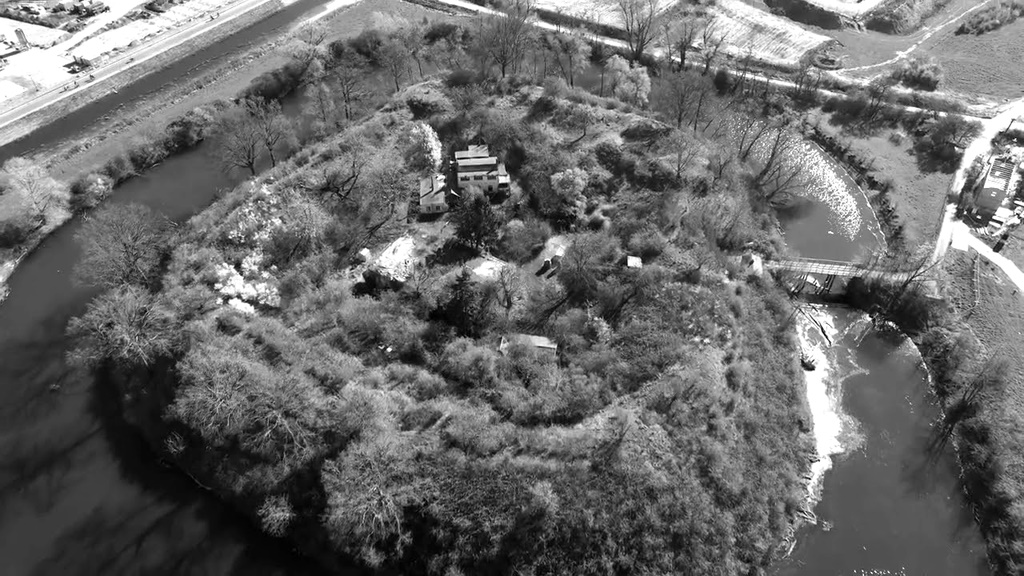 The company was ordered to take positions in the buildings on the edge of the Park and the balance of the afternoon was spent in fighting to this point. The troops moved through houses and buildings in the area, hurling hand grenades into the windows and firing as they entered. Groups of three or four would close in hand-to-hand fighting with nests of Germans found in the rooms. The destruction, death, and wounded found the next day testified to the ferocity of this fighting. The men being well aware of the positions they were to occupy by nightfall fought individually and collectively to reach them. That night, the company was in positions overlooking the Park area and was able to pour small arms and mortar fire into the enemy emplacements. The company held on throughout the night in spite of a terrific pounding by enemy artillery which included white phosphorus, causing numerous fires. One platoon infiltrated into the Park from the right flank and with knives and bayonets moved from one emplacement to another killing and capturing many of the confused enemies.
The company was ordered to take positions in the buildings on the edge of the Park and the balance of the afternoon was spent in fighting to this point. The troops moved through houses and buildings in the area, hurling hand grenades into the windows and firing as they entered. Groups of three or four would close in hand-to-hand fighting with nests of Germans found in the rooms. The destruction, death, and wounded found the next day testified to the ferocity of this fighting. The men being well aware of the positions they were to occupy by nightfall fought individually and collectively to reach them. That night, the company was in positions overlooking the Park area and was able to pour small arms and mortar fire into the enemy emplacements. The company held on throughout the night in spite of a terrific pounding by enemy artillery which included white phosphorus, causing numerous fires. One platoon infiltrated into the Park from the right flank and with knives and bayonets moved from one emplacement to another killing and capturing many of the confused enemies.
THE PLATOON ACTION
When the company was stopped by the enemy fire, M-15 WP smoke hand grenades were set off to cover the movement of the troops. The 3rd Platoon moved across the Dalsheweg at an intersection about two blocks from the Park, going into buildings on the right of the approach; they proceeded to fight from one building to another, at times in hand-to-hand combat. The fighting lasted for about an hour in this area before the entire block was secured. The 2nd Platoon was ordered to take over this area as the 3d Platoon was to be withdrawn to the cover of a large church in the block. Completing the assembly at the church the Company Commander gave the Platoon Leader another mission. To move across the street opposite the buildings they had previously secured and take up positions in the buildings along the east side of the Park. When all men were in the position to open fire on the enemy with the LMGs and BARs, the remainder of the platoon was to move into the Park and close with the enemy. The 2nd Platoon would assist in the assault from their present positions and would jump off when the 3rd Platoon opened fire.








